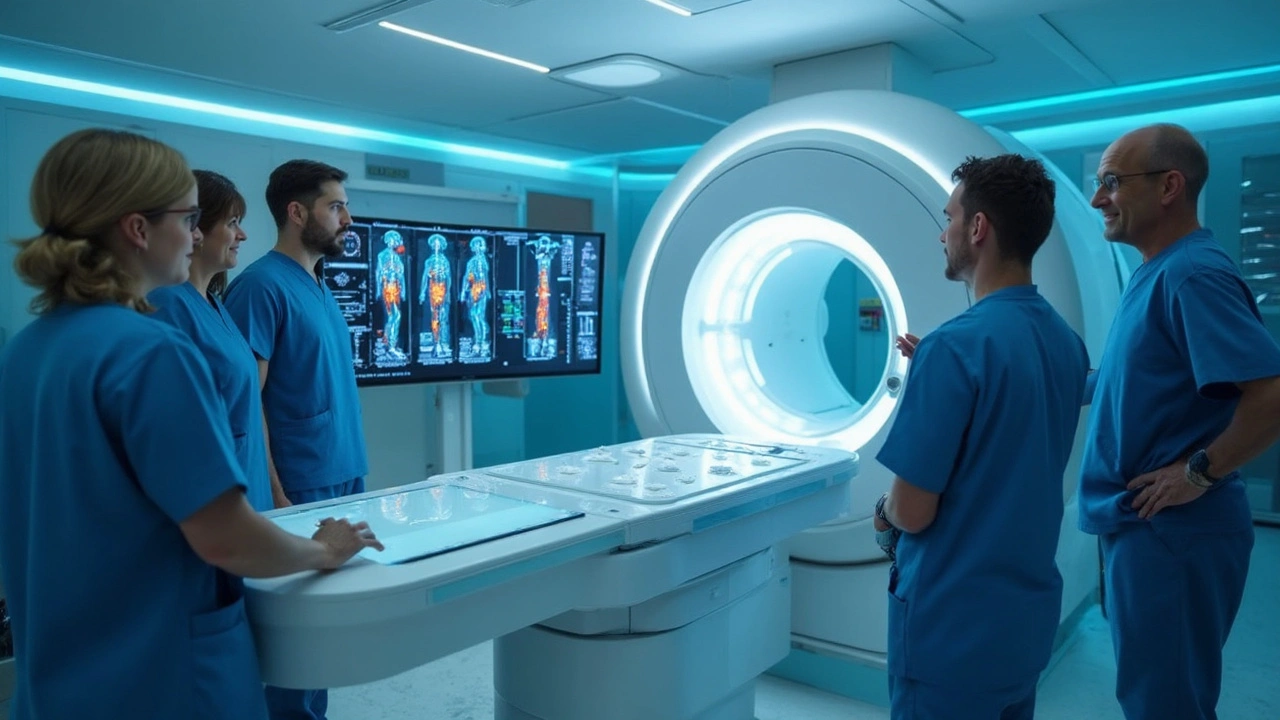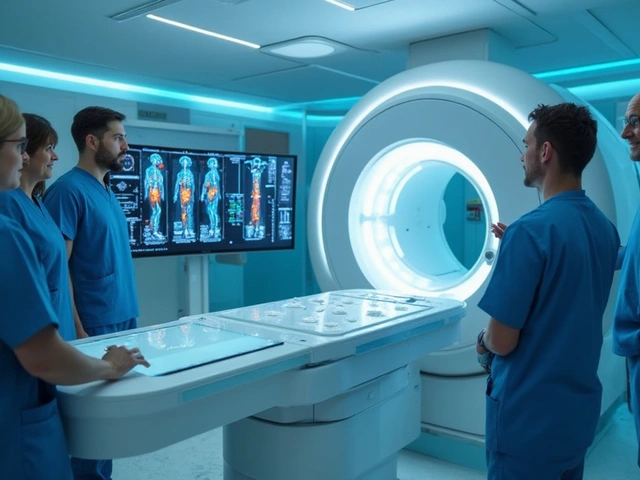Fast‑Growing Tumors: What They Are and How to Spot Them Early
If a lump or symptom seems to get worse in weeks instead of months, you might be dealing with a fast‑growing tumor. These cancers multiply quickly, often showing up as rapid size changes, new pain, or sudden organ problems. Because they spread faster than slower tumors, catching them early can make a huge difference in treatment success.
First sign? A noticeable change that didn’t exist before – think a swelling that doubles in size over a few weeks, unexplained weight loss, or a sudden drop in energy. Don’t brush it off as “just a bruise” if the pain lingers or gets stronger. Your body is sending an alarm; listening to it can save time.
How Doctors Measure How Fast a Tumor Grows
Imaging is the real MVP here. The most common tools are MRI, CT, PET scans, and ultrasound. Each has strengths: MRI gives crystal‑clear pictures of soft tissue, CT shows bone and lung details fast, PET highlights metabolic activity (the cancer’s “fuel use”), and ultrasound is quick for superficial lumps.
Our guide on Best Imaging Technologies for Monitoring Tumor Size breaks down when to choose each scan. In practice, doctors often start with a CT or MRI to get size and location, then add PET if they need to know how aggressive the cancer is.
Regular scans let your doctor track growth rate. If the tumor’s volume doubles in less than six weeks, it’s flagged as fast‑growing. This data drives treatment decisions – faster tumors usually need more intensive therapy right away.
What Happens After a Fast‑Growing Tumor Is Detected?
Once imaging confirms rapid growth, the next step is a biopsy to identify cancer type. Knowing the exact kind helps choose targeted drugs, radiation plans, or surgery. For some cancers, high‑dose chemo is started right away to shrink the tumor before any operation.
If you’re facing this news, ask your doctor about clinical trials – fast‑growing tumors are often the focus of new therapies that aren’t widely available yet. Also, discuss supportive care options like nutrition counseling and pain management; staying strong makes treatment more effective.
Don’t wait for symptoms to worsen. If you notice any quick change in a lump or unexplained aches, schedule an appointment and request imaging. Early detection is the strongest weapon against fast‑growing cancers, and modern scans make it easier than ever to catch them before they spread.
Early Tumor Detection: Imaging, Biomarkers & High-Risk Cancer Screening
Uncover how early detection methods like imaging, blood biomarkers, and targeted screening schedules are changing the game in catching fast-growing tumors in high-risk patients. Learn about advanced scanners, the power of liquid biopsy, and why timing matters when cancer grows in overdrive. Get practical tips and the latest data on how science is helping patients stay ahead of aggressive cancers with more accurate, efficient, and less invasive testing.






